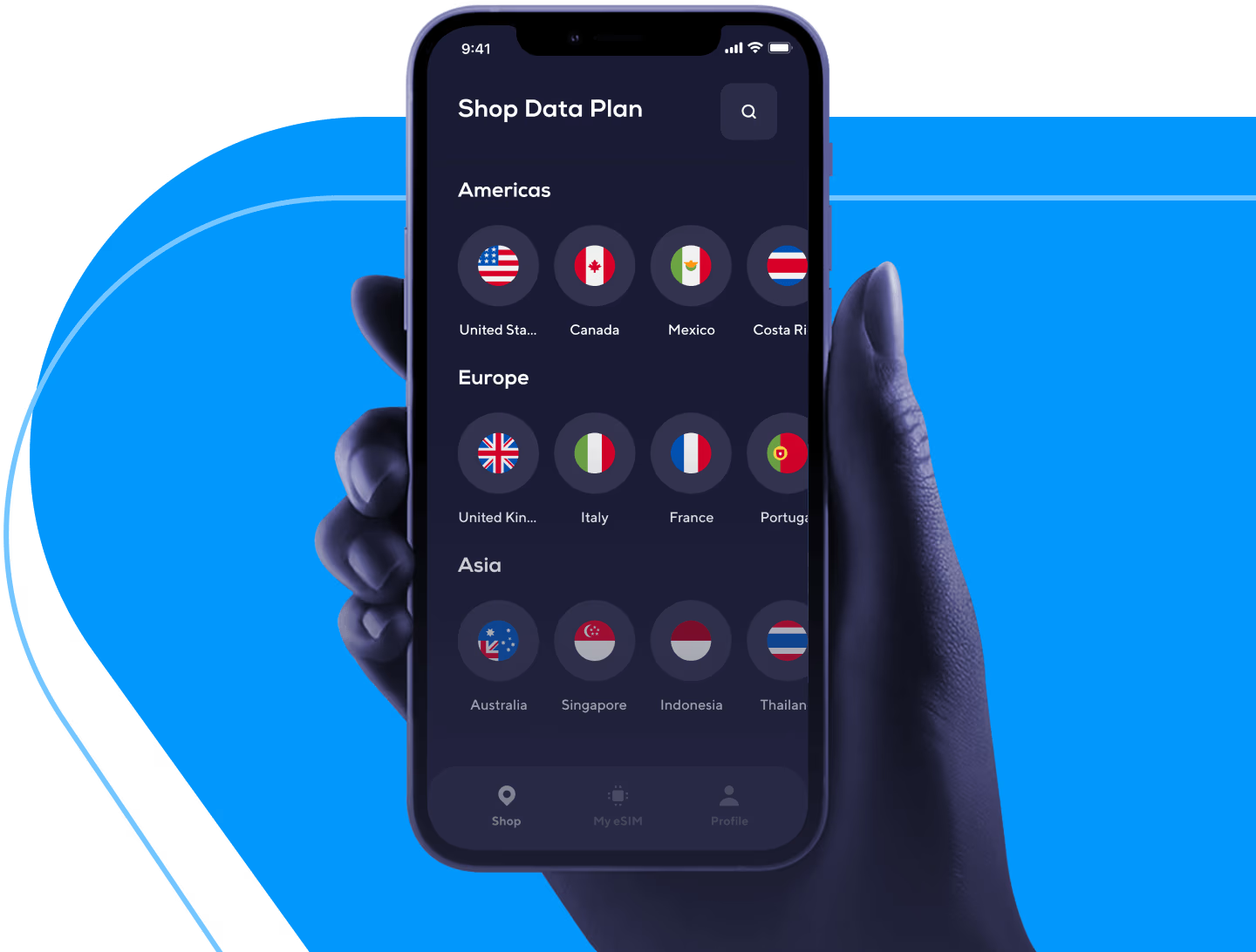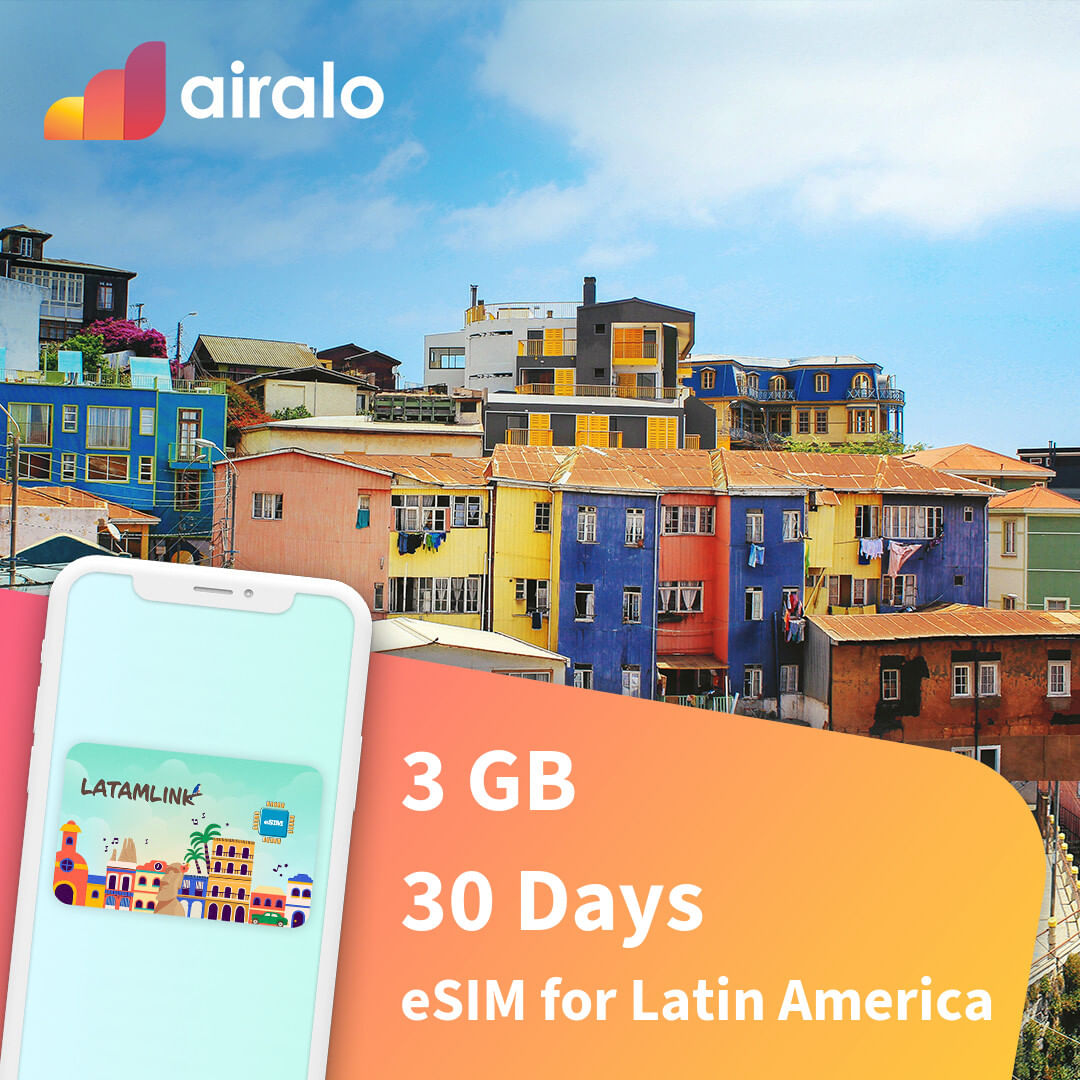Picture this: you’re sitting on a beach in Bali with your laptop, iced coffee by your side, deadlines looming, and… your phone buzzes. Not with a work message. Not with a flight update. It’s your mobile operator warning you that you’ve just hit €50 in roaming charges — and you’ve barely even opened Google Maps. digital nomads roaming plans
That’s the kind of thing digital nomads laugh at. Not because it’s funny, but because it’s absurd that in 2025, some people are still paying roaming fees that feel like they belong in the early 2000s.
Digital nomads know better. They’re not chained to one carrier’s idea of what “international connectivity” should cost. They’ve built a lifestyle around flexibility, freedom, and digital-first solutions. And that’s exactly why traditional roaming plans look so outdated in their eyes.
Let’s break down why.
Roaming Plans Were Never Designed for Global Lives
Roaming started off as a nice add-on for the occasional vacationer. Fly to Spain for a week, pay a little extra, and you can text your family or call your hotel without hunting for a payphone. Back then, it made sense.
But digital nomads aren’t week-long vacationers. They’re living three months in Lisbon, two months in Tbilisi, maybe a month in Chiang Mai, and then hopping over to Medellín. They’re bouncing between countries like most people bounce between Netflix shows.
Traditional roaming doesn’t fit into that lifestyle. It’s rigid, overpriced, and full of hidden traps. A “Europe roaming bundle” might cover 30 countries — but what if your next stop is Morocco? Suddenly you’re back at pay-per-megabyte rates that could drain your bank account faster than ordering avocado toast in Copenhagen.
The Horror Stories Are Legendary
Every nomad knows someone who once forgot to switch off roaming and ended up with a bill higher than their rent. I’ve heard stories of €1,000 bills just because someone uploaded a few photos to the cloud while waiting at the airport.
Those stories spread like wildfire in nomad communities. Slack groups, Facebook groups, Reddit threads—they’re filled with tales of operators still pretending that mobile data is some sort of rare luxury good.
Digital nomads laugh because they know those days are over. They know there are smarter ways to stay connected, and they’d rather spend that €1,000 on flights, coworking passes, or, let’s be honest, way too much craft coffee.
 Nomads Need Data, Not Excuses
Nomads Need Data, Not Excuses
Here’s the thing: traditional roaming is still built on the assumption that people use their phones mainly for calls and the occasional text. But nomads? They live on data.
Slack. Zoom. Notion. Google Docs. Airbnb. Uber. Tinder (yes, let’s be real). These aren’t luxuries; they’re daily survival tools for a remote worker. Without affordable data, your whole life grinds to a halt.
Nomads don’t care if their carrier generously gives them 100 free texts while roaming. They care about whether they can join a video call without pixelating into a Minecraft character.
Flexibility Is the New Currency
Traditional roaming plans are “one size fits none.” They’re bundles, add-ons, and “special offers” that always seem designed for the wrong type of traveler.
- Going to three countries? Sorry, only two are included.
- Need 10GB of data? You can only buy 2GB packs.
- Leaving for a week? Too bad, the bundle lasts a month.
It’s maddening. Nomads don’t plan their lives around telecom fine print. They need services that adapt to them, not the other way around.
That’s why they’re turning to digital-first solutions: eSIMs that you can install instantly, pay-as-you-go data packages that actually match your trip, and multi-country plans that don’t care if you cross a border for the weekend.
eSIMs Changed the Game
The inside joke among nomads is that eSIMs are the best-kept secret that really shouldn’t be a secret anymore. No plastic SIM cards, no waiting in line at a kiosk in the airport, no “do you have your passport for registration?” nonsense. Just scan a QR code and boom — you’re online.
And it’s not just about convenience. It’s about choice. Nomads can compare dozens of providers, find the best deal for the country they’re in, and switch in minutes if something better pops up. It’s like shopping for flights on Skyscanner, but for data.
Traditional roaming doesn’t stand a chance in that world. Imagine trying to explain to a digital nomad why they should lock themselves into one overpriced carrier when they can literally buy a new data plan while sitting in a taxi. That’s why they laugh.
Community Wisdom Beats Corporate Promises
Ask a nomad how they stay connected, and they’ll give you real advice: “Use this eSIM provider for Southeast Asia, they’re reliable. Switch to this one in South America; it has better coverage. Oh, and don’t forget to download WhatsApp backups before you switch.”
Compare that with an operator’s glossy brochure promising “seamless connectivity abroad” — only for you to realize later that “seamless” actually means “seamlessly draining your wallet.”
Nomads trust their community because the community has no hidden fees. It’s people sharing hacks, not corporations trying to squeeze extra euros out of your trip.
Why the Laughter Matters
When digital nomads laugh at roaming, it’s not just mockery. It’s a sign of how far the industry has drifted from reality.
The world is more mobile than ever. Remote work is mainstream. People are living borderless lives, and connectivity is the oxygen that makes it possible. Yet some operators are still clinging to a model built for short vacations and business trips in the early 2000s.
The laughter is a signal: adapt or get left behind.
What Nomads Actually Want
Here’s the checklist, in case any telco execs are listening:
- Affordable data that doesn’t require a second mortgage.
- Instant setup, because nobody wants to spend their first day abroad in a phone shop.
- Multi-country coverage, because borders shouldn’t equal barriers.
- Transparency, with no fine print that makes you regret everything.
- Flexibility, so you can scale up or down as your travels shift.
That’s it. It’s not rocket science. It’s just digital-first thinking.
The Future Is Already Here
If you’re a digital nomad, you already know this. You’ve probably got three eSIM apps on your phone right now, ready to compare prices in your next destination. You laugh at roaming because it feels so… old world.
But if you’re still paying roaming bills because your carrier convinced you that’s the only option, here’s the reality check: you don’t have to. The tools exist. The alternatives are better. The freedom is already here.
And honestly? Once you make the switch, you’ll laugh too.





